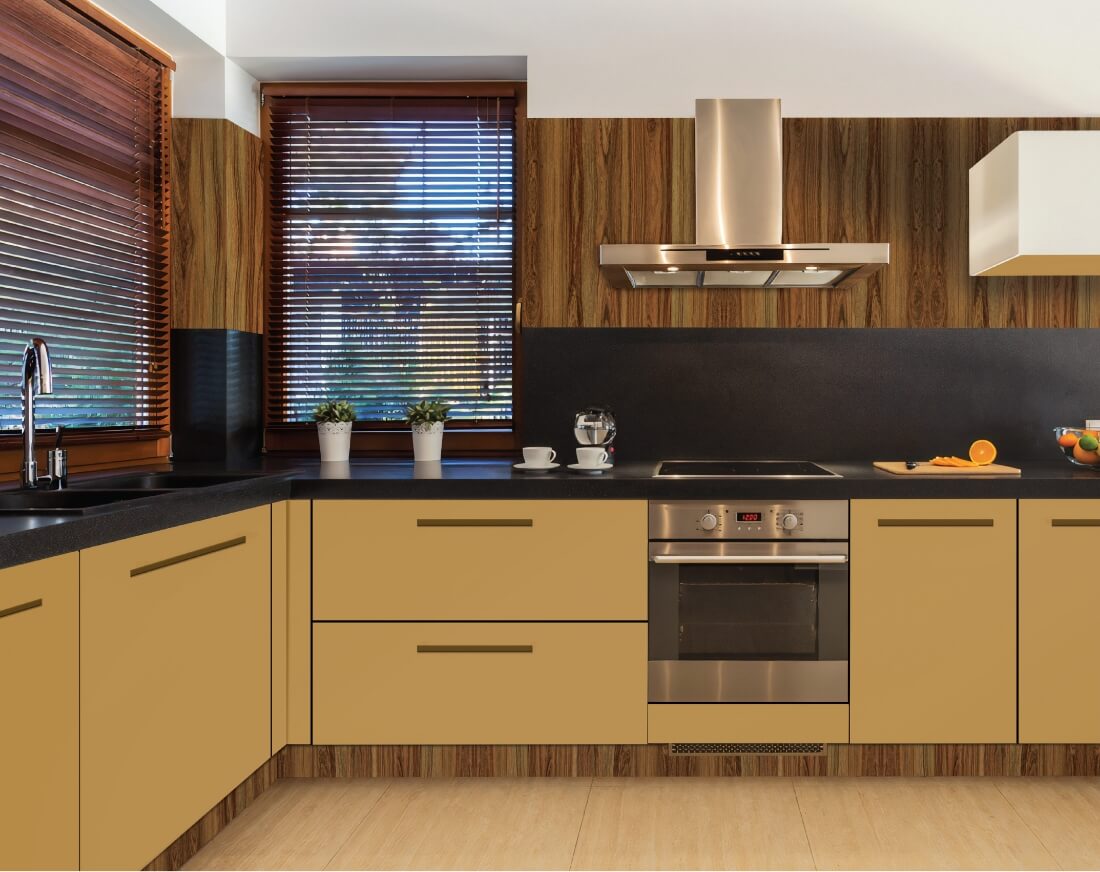Evolution of Cabinet Furniture: History Of Cabinet Furniture

Cabinet furniture has a rich history, evolving alongside human civilization and reflecting changing tastes, materials, and technologies. From ancient origins to modern innovations, cabinets have served as essential storage solutions and decorative elements in homes and institutions worldwide.
Ancient Origins
The origins of cabinet furniture can be traced back to ancient civilizations. Early forms of cabinets were likely simple chests or boxes used for storing valuables and household items. In ancient Egypt, elaborate chests adorned with intricate carvings and paintings were used for storing clothing, jewelry, and other personal possessions. These chests often served as burial furniture, containing the deceased’s belongings for the afterlife.
Types and Styles of Cabinet Furniture

Cabinet furniture, a cornerstone of interior design, encompasses a diverse array of forms, each tailored to specific storage needs and aesthetic preferences. These functional works of art have evolved over centuries, reflecting cultural shifts, technological advancements, and changing lifestyles.
Categorization of Cabinet Furniture, History of cabinet furniture
Cabinet furniture is broadly categorized based on its primary function and design. Some common types include:
- Wardrobes: These tall, enclosed cabinets are designed for storing clothing, often featuring shelves, drawers, and hanging spaces. Their design varies significantly, from simple, utilitarian styles to ornate, intricately carved pieces.
- Chests of Drawers: Characterized by a series of drawers housed within a rectangular frame, chests of drawers are versatile pieces suitable for storing a variety of items, from linens to personal belongings. They come in various sizes and styles, ranging from small bedside tables to grand, multi-drawer chests.
- Bookcases: Primarily intended for housing books, bookcases typically feature open shelves, often with doors or glass panels for protection. Their design can be simple or elaborate, reflecting the owner’s taste and the size of their library.
- Credenzas: These low, often ornate cabinets with drawers and doors are typically used for displaying and storing items in a formal setting. Credenzas often feature decorative elements like carvings, inlays, and intricate hardware, adding a touch of elegance to any room.
Variations in Cabinet Styles
Cabinet styles have evolved across cultures and historical periods, reflecting changing tastes, materials, and construction techniques. Some prominent styles include:
- Louis XIV Style: This grand, opulent style, prevalent in 17th-century France, features ornate carvings, gilded surfaces, and elaborate decorative details. Louis XIV cabinets often incorporate marquetry, a technique using inlaid wood veneers to create intricate patterns.
- Chippendale Style: Popular in 18th-century England, Chippendale furniture is characterized by its elegant lines, graceful curves, and often incorporates Chinese motifs. Chippendale cabinets frequently feature intricate carvings, particularly on the legs and pediments.
- Shaker Style: Developed by the Shaker religious community in the 18th and 19th centuries, Shaker furniture is known for its simplicity, functionality, and craftsmanship. Shaker cabinets are often made from plain wood, with clean lines and minimal ornamentation. Their focus is on utility and durability.
Prominent Cabinet Styles
The following table showcases prominent cabinet styles, their key features, and notable examples:
| Style | Key Features | Notable Examples |
|---|---|---|
| Louis XIV | Ornate carvings, gilded surfaces, marquetry, elaborate decorative details | The “Cabinet du Roi” at the Palace of Versailles |
| Chippendale | Elegant lines, graceful curves, Chinese motifs, intricate carvings | The “Chippendale Cabinet” at the Victoria and Albert Museum |
| Shaker | Simplicity, functionality, plain wood, clean lines, minimal ornamentation | The “Shaker Secretary Desk” at the Hancock Shaker Village |
| Art Deco | Geometric patterns, bold colors, use of exotic materials, streamlined designs | The “Jean Dunand Cabinet” at the Metropolitan Museum of Art |
Construction Techniques and Materials
The construction techniques and materials used in cabinet furniture vary significantly across styles and periods.
| Style | Construction Techniques | Materials | Decorative Details |
|---|---|---|---|
| Louis XIV | Dovetail joints, mortise and tenon joints, hand-carved details | Walnut, oak, mahogany, ebony, ivory, gilt bronze | Ornate carvings, marquetry, gilded surfaces, ormolu mounts |
| Chippendale | Dovetail joints, mortise and tenon joints, hand-carved details | Mahogany, walnut, cherry, satinwood | Intricate carvings, fretwork, chinoiserie motifs, brass hardware |
| Shaker | Dovetail joints, mortise and tenon joints, simple construction | Cherry, maple, pine, ash | Minimal ornamentation, simple hardware, painted surfaces |
| Art Deco | Modern techniques, use of plywood, metal frames | Exotic woods, metal, glass, lacquer | Geometric patterns, bold colors, inlays, stylized designs |
The history of cabinet furniture spans centuries, evolving from simple storage chests to intricate pieces of artistry. The modern bathroom cabinet, exemplified by the single door bathroom cabinet , reflects this evolution, offering both functionality and aesthetic appeal. These cabinets, with their single door design, provide a streamlined and efficient storage solution for personal care items, highlighting the enduring legacy of cabinet furniture in contemporary design.
The history of cabinet furniture dates back centuries, evolving from simple storage solutions to intricate pieces of craftsmanship. These functional objects have mirrored societal changes, from the apothecary cabinets of the past to modern innovations like jensen bathroom medicine cabinets.
Today, cabinets continue to play a crucial role in organizing our spaces, reflecting both our practical needs and aesthetic preferences.
